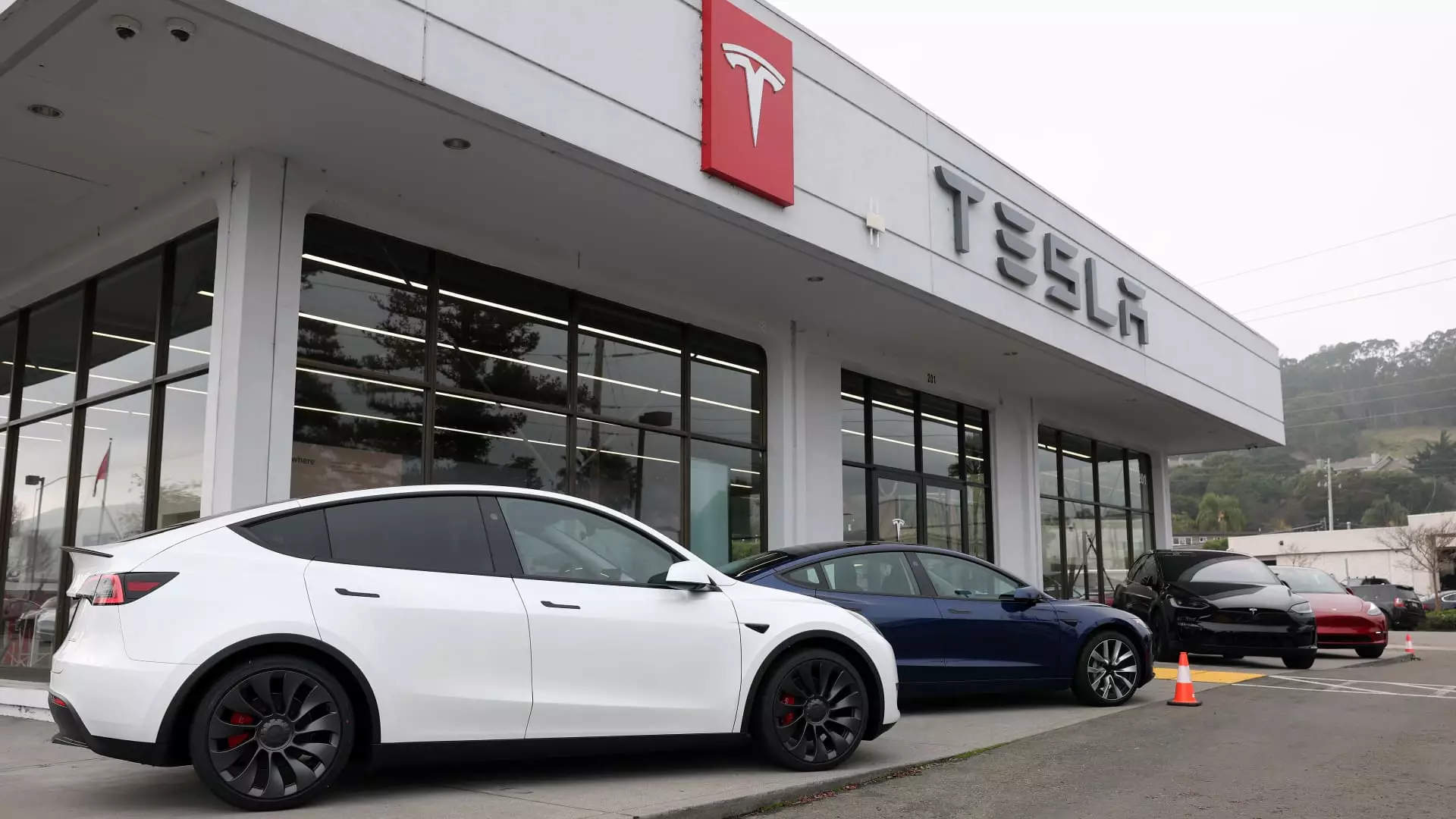Tesla, the electric vehicle behemoth, has recently announced a significant recall affecting 376,241 vehicles in the United States, a decision stemming from concerns over power-assisted steering systems. The recall impacts specific Model 3 and Model Y vehicles manufactured between February 28 and October 11, 2023, which were running on an outdated software version. As detailed by the U.S. National Highway Traffic Safety Administration (NHTSA), the issue arises from overstressed printed circuit boards, potentially leading to power steering failures under certain driving conditions—specifically, scenarios where the vehicle comes to a stop and then accelerates. This scenario could cause drivers to exert additional effort to steer, thereby heightening the risk of accidents.
In a world where recalls often lead to physical repairs or replacements, Tesla is taking advantage of its technological capabilities by offering an over-the-air software update as a solution. This method exemplifies Tesla’s innovative edge, enabling them to swiftly address software-related issues without the need for customers to visit service centers. The company claims that there have been no reported incidents of crashes or injuries related to this specific steering issue, which suggests a proactive stance in terms of safety measures. Nevertheless, the reliance on digital solutions raises questions about the limitations of software in addressing hardware malfunctions.
Tesla’s relationship with regulatory agencies like the NHTSA is a focal point of concern, especially in light of the recent recalls and preceding investigations into Tesla’s Autopilot and Full Self-Driving features. Notably, public records indicate that the NHTSA has faced operational cuts due to the broader governmental reduction efforts, which includes personnel attrition spearheaded by teams including those led by Tesla CEO Elon Musk. The loss of institutional capacity could potentially hinder the NHTSA’s ability to undertake thorough investigations, raising apprehensions regarding public safety and industry oversight.
Musk’s leadership at Tesla not only impacts technological innovation but also intertwines with his influence in governance, having been appointed to a role tasked with streamlining federal oversight, which is a double-edged sword. While reducing regulatory burden can benefit companies like Tesla, it simultaneously opens the door to concerns about consumer safety and adequate industry oversight. The paradox emerges wherein the same person leading groundbreaking advancements in electric vehicle technology could also catalyze diminished regulatory scrutiny, leading to a complex landscape of accountability.
Looking forward, Tesla’s ability to maintain its reputation for innovation while ensuring the safety of its vehicles is critical. As the company navigates a landscape filled with regulatory scrutiny, consumer expectations, and the imperative of technological advancement, it must strike a delicate balance. Proactive steps, such as the recent recall and the implementation of software fixes, are vital components in preserving public trust. As electric vehicles become increasingly popular, the outcomes of cases like these will likely shape the narratives of technology, safety, and regulatory evolution within the automotive industry for years to come.

